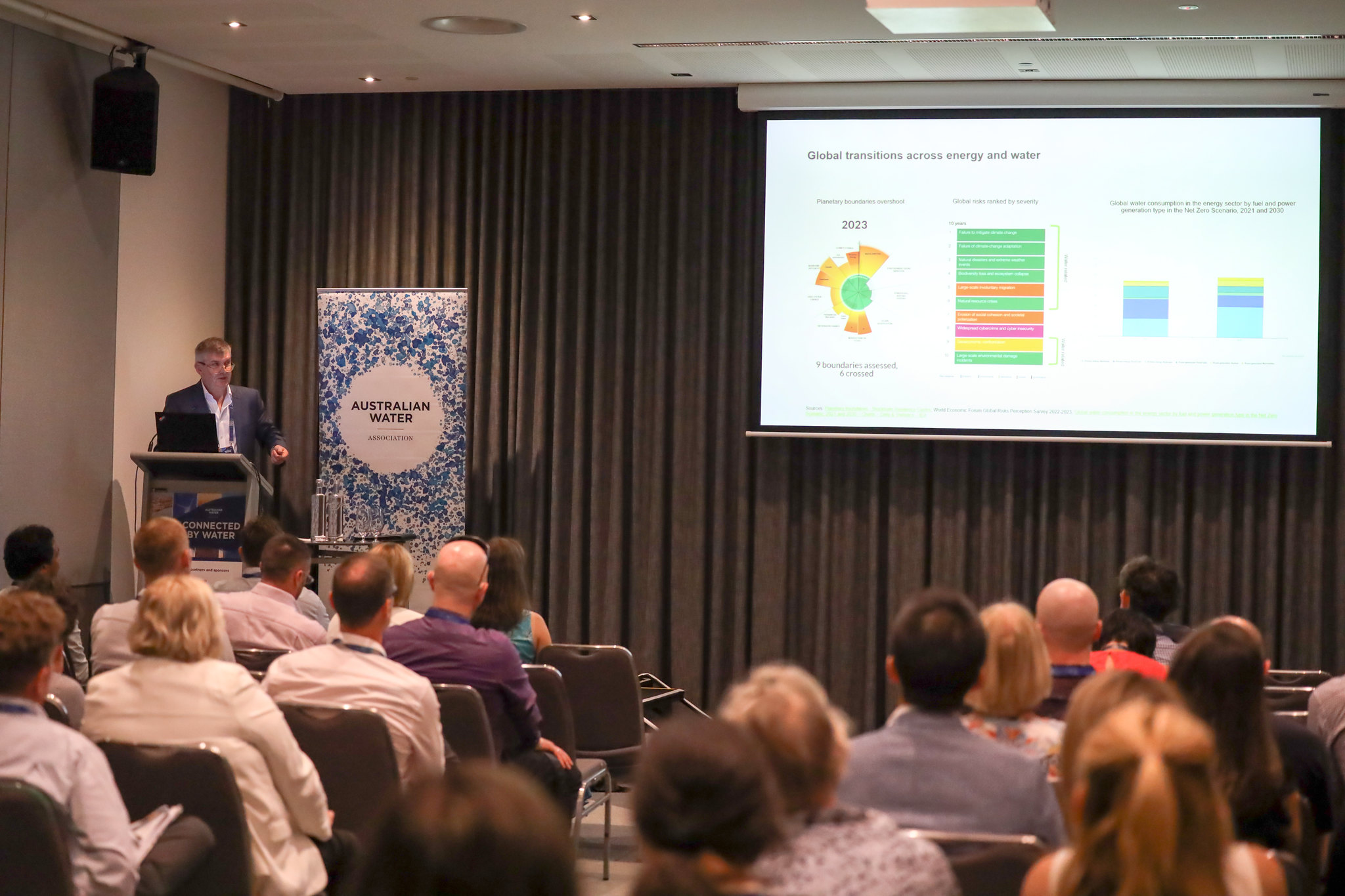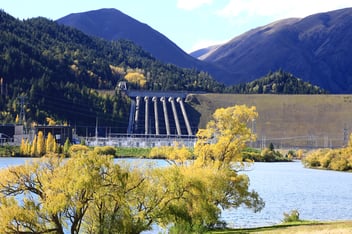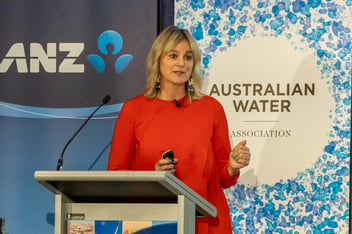Do we have enough water for an energy transition?
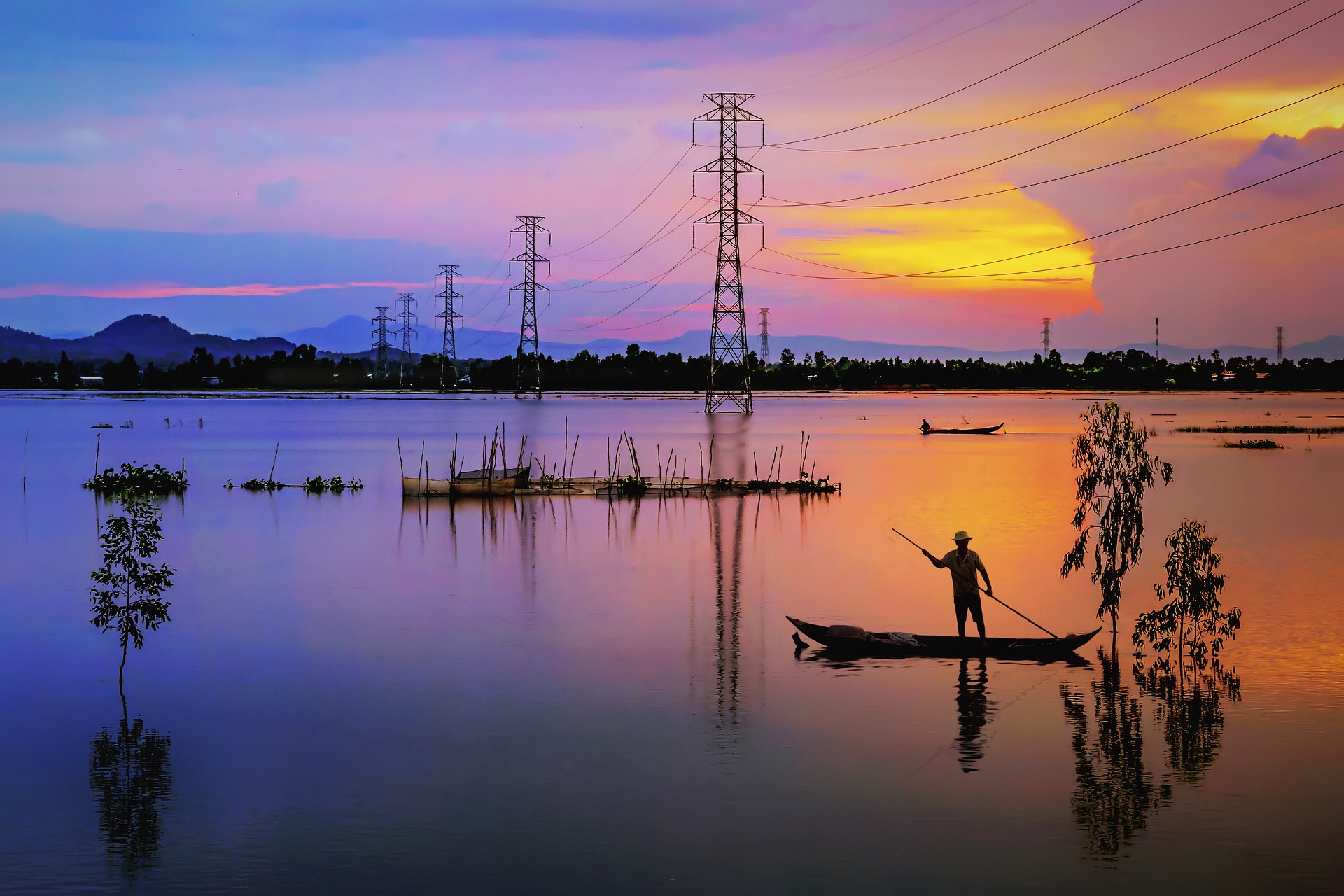
Energy transition is critical but cumbersome in new areas. Colm Molloy and Jenni Philippe of Aurecon outline the global context driving transition, including a decline in natural resources, costs increase and complex laws on social license.
“Future economic benefits from natural resources could be reduced and lost. It is costing people more for products and services. Climate change impacts on economy and infrastructure are understated” - Colm Molloy.
Connected by Water featured a presentation from Colm Molloy and Jenni Phillippe of Aurecon, on the opportunity for water to facilitate energy transition.
Global context driving transition
Planetary boundaries overshoot
2023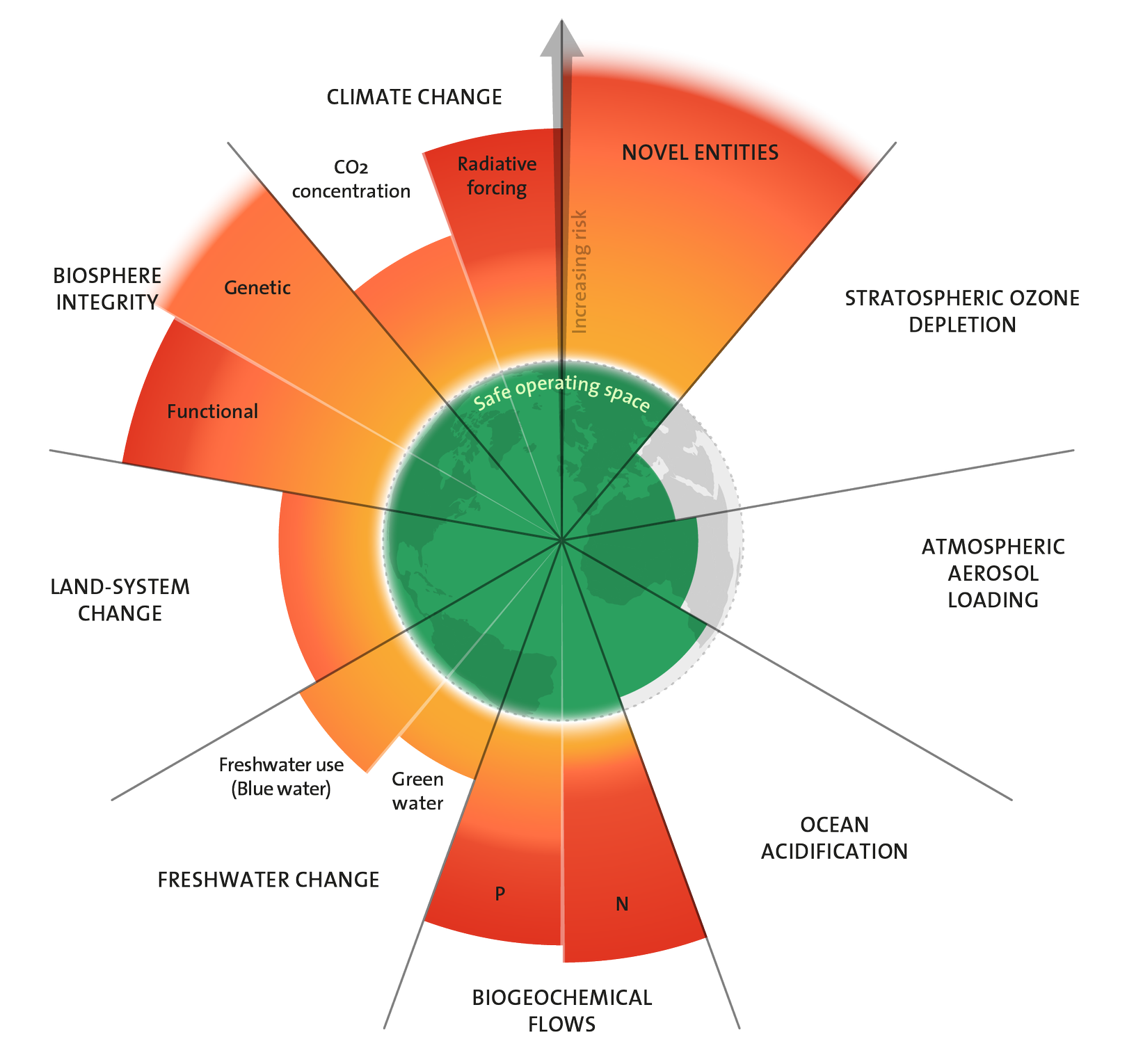
9 boundaries assessed, 6 crossed
Sources: Planetary boundaries - Stockholm Resilience Centre
Decisions that impact natural resources are very different in 2024. The drivers of global transition are new and emerging. Planetary boundaries are being transgressed - these transgressions impact our economy, but are not accounted for in investment decisions. Moving forward, we need to recognise that finite water resources, which are under stress, need careful protection beyond utility value.
Global risks ranked by severity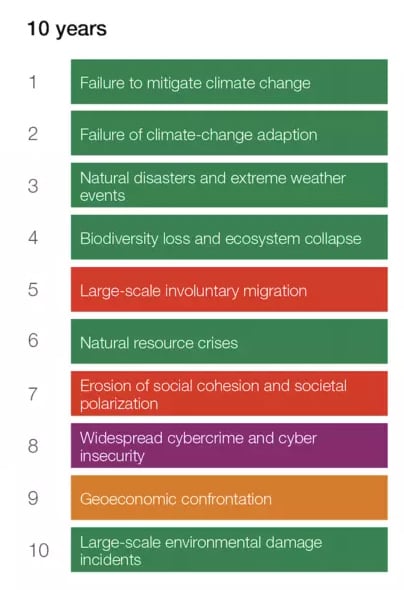

Source: World Economic Forum Global Risks Perception Survey 2022-2023
Global risks are becoming dominated by environmental and water risk with eight out of the top 10 global risks being water related. Approvals for projects become more challenging when these issues are perceived to have been treated lightly. Organisations are being legislated to report on climate and nature risks, and therefore, projects will need to account for impacts across multiple capital.
Global water consumption in the energy sector by fuel and power generation type in the Net Zero Scenario, 2021 and 2030
![]()
Source: Global water consumption in the energy sector by fuel and power generation type in the Net Zero Scenario, 2021 and 2030 – Charts – Data & Statistics – IEA
NetZero Energy Australia predicts that global water consumption from energy will increase slightly over the next decade. Supply of water can be managed - however, the location of water need will change: hydrogen / Pumped Hydro Energy Storage (PHES) in existing catchments which may conflict with public resources.
Critical minerals required for the energy transition are in high water-stressed areas, yet require significant amount of water and create pollution.
Energy transition minerals have high water requirements and pose contamination risks e.g. the below graphic outlines the water use and water pollution levels for selected minerals.
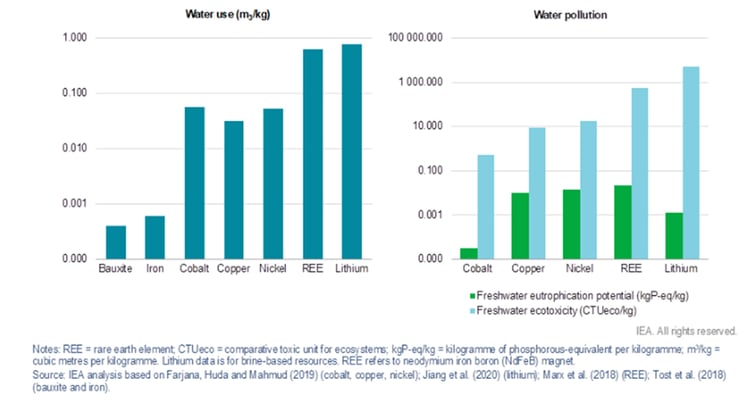

Lithium requires high water usage and additionally is an extremely high polluter.
Incorporating issues to de-risk energy programs
There is growing recognition of the need for water stewardship to enhance the resilience of our economy, ecosystems, built environments, and communities. However, if energy programs are to move beyond being a ‘utility’ asset or design feature, their value to water, as well as who benefits from them, must be more holistically understood.
The links between stakeholders, benefits, and potential value flows must be defined more clearly if the financing and delivery of transition programs are scaled-up effectively and consistently. This framework articulates these links by mapping the benefits derived from energy and water management on to a set of stakeholders and outlining opportunities where financial benefits can be drawn, or revenue streams developed.
How should we use water such that it is socially and culturally equitable, environmentally sustainable and economically beneficial, achieved through a stakeholder-inclusive process that includes both site- and catchment-based actions?
 |
 |
|
Total value of stewardship
|
It considers the value of the assets' complete life cycle. All value components are identified, analysed and balanced and then objectives are linked to understand the boundaries of each discipline as they pertain to projects. It helps our teams better understand, optimise and convey the value of a proposed project, allowing our clients to make more informed decisions. |
 |
- Remove waste and pollution
- Retain value in assets and materials
- Regenerate natural systems
Circular economy is a paradigm shift and offers a holistic, systemic approach to:
- Navigate the complexity of the global risks we are facing
- Prepare and support the energy transition
- Ensure water is valued and used effectively and efficiently
The circular economy is a framework to design systems that have minimal waste and pollution, keep assets and materials at their highest value for as long as possible, and have a positive impact on nature.
Aurecon is the only engineering company with a dedicated circular economy team collaborating across all markets.
The value of the circular economy in the water sector

Outcomes include
- Reduced resource consumption and embodied carbon
- Assets in use at highest value
- Value retention in life cycle of asset
- Efficiencies and cost reduction
- Increased resilience (community, supply chain and climate)
Water authorities are best positioned to take a place based approach and are a key partner for renewable energy organisations to make the transition a sustainable and regenerative one.
No organisation can tackle the challenges alone. A circular economy requires partnerships across industries and sectors
McKinsey and Co (2016) identified six activities that can contribute to delivering on the circular economy when applied to asset heavy industries.
They provide a series of clear opportunities:
- Optimising — Improve the performance and efficiency of assets; remove waste from their supply chains; and leverage big data, automation, and remote sensing.
- Regeneration — Shift to renewable energy and materials, retain and regenerate the health of ecosystems. Return recovered biological resources to the biosphere.
- Looping — Keep components and materials in closed loops. For finite materials, this means remanufacturing products or components and (as a last resort) recycling materials. For renewable materials, it involves anaerobic digestion and the extraction of biochemicals from organic waste.
- Exchanging — Replace old materials with advanced renewable ones; apply new technologies, such as 3-D printing and electric engines.
- Virtualising — Displace resource use with virtual use - designs, services, fleets of autonomous vehicles, and virtual offices.
- Sharing — Maximise utilisation of assets through sharing networks or pools of products; reuse them throughout their technical lifespans; and prolong those life spans through maintenance, repair, and design for durability.
Investing in technology and innovation, such as electrolysers for hydrogen production, is essential for developing cost-effective solutions and driving the transition to a circular economy.
Do we have enough water for an energy transition?
Yes, but we need to make decisions that span capital types, sectors and stakeholders. Investing in a circular economy will deliver extraordinary outcomes.
Engaging and educating the community about the benefits and importance of circular economy principles is vital for driving behavioral change and achieving widespread adoption.
The water industry is pivotal in driving the energy transition through embracing circular economy principles, which aim to minimise resource consumption and maximise reuse of materials. Collaboration and partnerships across sectors, including government, industry, and communities, are crucial for successful implementation.
Challenges such as outdated economic models, competition, and regulatory barriers must be overcome to advance circular economy initiatives effectively.
Find out more on the inaugural Connected by Water conference including photo galleries and recaps.
